
Triumph Motorcycles entered the middleweight naked motorcycle segment by launching the Trident 660. Starting at an introductory price of INR 695,000, ex-showroom India, this street fighter is the most affordable bike in Triumph’s portfolio. The Trident opens a new chapter in the Triumph Roadster segment as it introduces a new three-cylinder 660 cc engine, retains the design language of the Street and Speed Triple family and provides state-of-the-art safety features and technology.
Steve Sargent, Chief Product Officer at Triumph Motorcycles, explains the idea behind the Trident. He said, “What we wanted with the new Trident 660 was to give the riders in this really exciting middleweight roadster world all of the things they want from their bike, with a genuine set of real advantages that set a new benchmark for choice. From the competitive price to the triple power and performance, plus the benefits of class-leading handling and technology, we believe the Trident 660 is a real milestone in the category and introduces the Triumph brand and the advantages of a triple engine to a whole new generation of riders across the world.”
At the launch, Shoeb Farooq, Business Head – Triumph Motorcycles India, said, “The Trident is the latest addition to Triumph’s Roadster portfolio in India, taking the count to four – Street Triple RS, Street Triple R, Speed Triple 1200 RS and Trident 660. The response to the Trident has been overwhelming, as we’ve had 125+ bookings even before the price announcement.”
 Even though Triumph has stuck to a clean design, the new bike boasts the Roadster tribe’s DNA muscular styling and borrows their parts. It gets a retro yet eloquent 7-inch full- LED round headlight. Don’t let the looks fool you, as the entire lighting system uses LED lamps. The tail lamp is integrated under the seat and houses the indicators, which get auto-cancelling features.
Even though Triumph has stuck to a clean design, the new bike boasts the Roadster tribe’s DNA muscular styling and borrows their parts. It gets a retro yet eloquent 7-inch full- LED round headlight. Don’t let the looks fool you, as the entire lighting system uses LED lamps. The tail lamp is integrated under the seat and houses the indicators, which get auto-cancelling features.
The Trident comes across as a big bike due to its flexing 14-litre fuel tank and beefy non-adjustable Showa 41 mm upside-down front forks. At the rear, it gets a pre-load adjustable mono-shock. The forks offer 120 mm front-wheel travel and 133.5 mm rear wheel travel. Weighing in at 189 kg, the Trident is one of the lightest mid-weight bikes in India and is based on all-new tubular steel chassis with a steel swingarm. Due to the suspension setup and a lightweight body frame, it is ideal for commuting and handles well. The ride quality is on the firm side, and because of this, it’s precise in changing directions.
Keeping a check on its affordable price tag, the Trident sports two 310 mm discs with twin Nissin at the front and a single 255 mm disc at the rear, unlike other Triumph Roadsters, which get Brembo brakes. Dual-channel ABS comes standard. It also gets five-spoke 17-inch alloy wheels with Michelin Road 5 tyres. The Trident sports an underslung exhaust that emits a typical three-cylinder throaty roar. It also comes with body-coloured radiator cowls and fork protectors, aluminium handlebars and teardrop shape mirrors.
Following in the footsteps of the Street and the Speed Triple, the new Triumph bike also offers a sporty riding stance.
The Trident uses a 660 cc liquid-cooled, 12 valves, DOHC engine, which is the only 3-cylinder motor in its segment and churns out 80 bhp at 10,250 rpm and 64 Nm of torque at 6,250 rpm. Technically this powertrain is based on the Street Triple 675 engine and retains the same 74 mm bore but has a shortened stroke. Triumph has heavily reworked the internals of the motor with 67 new components like a redesigned crank, new pistons, new cams, updated gearbox ratios, etc. It is mated to a 6-speed gearbox, and as an accessory option, one can even opt for a shift assist up-and-down quick-shifter, which enables the rider to upshift and downshift without engaging the clutch.
Triumph has left no stone unturned as the Trident comes fully loaded with a long list of electronics. It boasts of ride-by-wire technology along with two riding modes—Road and Rain. The new bike comes standard with switchable traction control, which can also be disengaged. It gets an all-digital colour TFT screen. With My Triumph Connectivity System accessory Bluetooth module, it offers additional features like turn-by-turn navigation, GoPro control and phone and music control.
The Trident comes with a class-leading 16,000 km service interval with a 2-year unlimited mileage warranty. Triumph also offers a 2-year unlimited mileage warranty on the 45 additional accessories.
The Trident will take on the likes of the Kawasaki Z650 and the recently launched Honda CB650R priced at INR 618,000, ex-showroom India and INR 867,000, ex-showroom Gurugram, respectively. (MT)
Bajaj Auto Intros Updated Pulsar 150 Range At INR 108,772
- By MT Bureau
- December 24, 2025
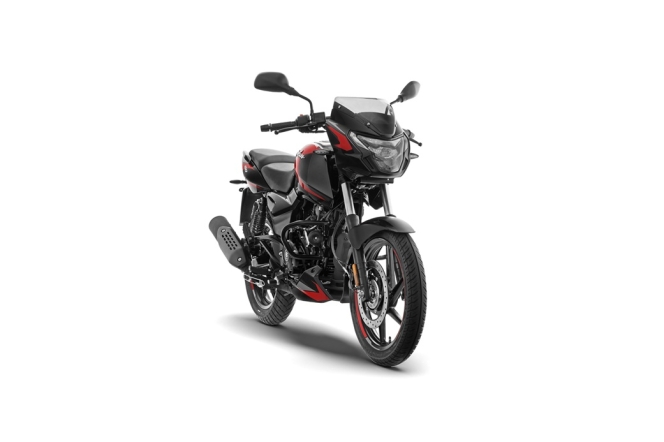
Bajaj Auto, one of the leading two-wheeler and three-wheeler manufacturers, has updated its popular Pulsar 150 motorcycle range. The updates include the introduction of LED headlamps and LED blinkers to the model, which the company states is intended to improve visibility and usability while maintaining the vehicle's design identity.
The updated range is available at the following ex-showroom Delhi prices – Pulsar 150 SD at INR 108,772, Pulsar 150 SD UG at INR 111,669 and Pulsar 150 TD UG at INR 115,481.
The motorcycle retains its frame and stance, though Bajaj has introduced new colour options and graphics. The Pulsar 150 continues to utilise DTS-i (Digital Twin Spark-ignition) technology, which uses two spark plugs to ignite the air-fuel mixture in the combustion chamber, intended to improve combustion efficiency and power output.
The update focuses on integrating modern lighting components into the existing platform, which originally established the sports motorcycling segment in India.
Sarang Kanade, President, Motorcycle Business Unit, Bajaj Auto, said, “The Pulsar 150 has defined performance motorcycling for generations. With this update, we have preserved its classic character while thoughtfully adding modern LED lighting, ensuring the Pulsar 150 remains relevant, recognisable and Definitely Daring.”
Suzuki Motorcycle India Conducts Access Mileage Contest In Palwal
- By MT Bureau
- December 24, 2025
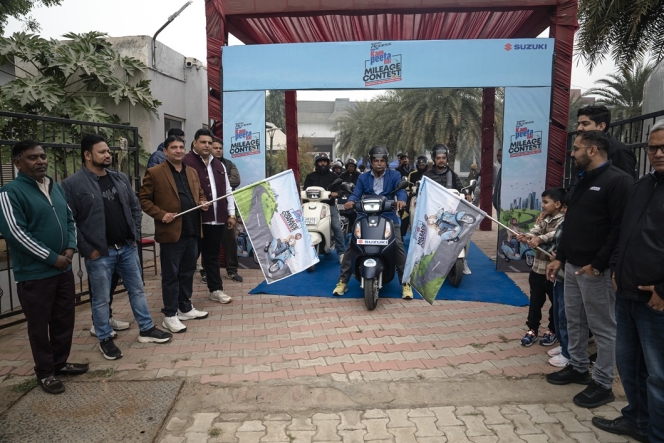
Suzuki Motorcycle India (SMIPL), the subsidiary of Suzuki Motor Corporation, Japan, held a mileage contest for the Suzuki Access scooter in Palwal. The event involved 35 participants, including current owners and prospective buyers, to test the fuel efficiency of the scooter under city driving conditions.
The initiative is part of the brand’s ‘Pickup Bhi, Mileage Bhi’ strategy, which focuses on balancing engine performance with fuel economy and build quality.
The event was organised in partnership with RV Suzuki in Palwal. The participants, all of whom had purchased their scooters within the last year, followed a specific testing protocol: a designated 20-kilometre circuit on city roads, scooters were operated on a full tank, then refilled at the end of the journey to calculate the exact fuel consumed. Potential customers were provided with test rides and the opportunity to interview existing owners regarding reliability and comfort.
Deepak Mutreja, Vice-President, Sales & Marketing, Suzuki Motorcycle India, said, “The Suzuki Access Mileage Contest places a strong focus on fuel efficiency, bringing our brand promise of ‘Pickup Bhi, Mileage Bhi, Shandar Quality Ke Sath’ to life. By riding on city roads, participants experience the scooter’s real-world mileage. Along with mileage, customers also get to experience the quality and reliability that have made the Access a trusted choice of over 6 million customers. We appreciate the participation from customers in Palwal. We will continue to extend such on-ground initiatives to more cities across India, allowing customers to connect closely with out two-wheelers and witness their performance firsthand.”
The company intends to expand these on-ground initiatives to additional cities across India to demonstrate the performance of its two-wheeler portfolio in local environments.
Ola Electric Launches Hyperservice Centres With Same-Day Service Guarantee
- By MT Bureau
- December 23, 2025
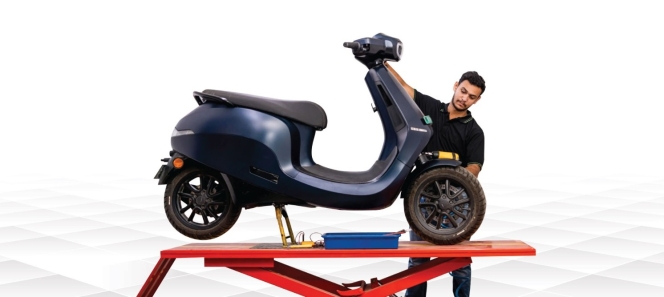
Bengaluru-based electric vehicle maker Ola Electric has expanded its Hyperservice initiative by launching dedicated centres that offer a same-day service guarantee for eligible customers at no extra cost. The company will upgrade its existing service infrastructure into Hyperservice Centres, beginning with a facility in Indiranagar, Bengaluru.
The expansion is intended to reduce service lead times and increase transparency through a digital workflow.
The Hyperservice Centres include several facilities for customers and technical upgrades for vehicle maintenance. The waiting area includes a lounge and Wi-Fi connectivity for customers. Real-time visibility of the servicing stages is provided via the Ola Electric app. Going forward, the company plans to upgrade selected centres across India in the coming weeks.
Ola Electric has also transitioned Hyperservice into an open platform. This move makes the company’s spare parts, diagnostic tools, and training modules available to independent garages, mechanics, and fleet operators.
Under this model, parts can be purchased directly through the Ola Electric app or website. This is intended to allow garages and customers to access components without the use of intermediaries.
“As part of the ongoing service upgrade we are reimagining many of the fundamental aspects of the service experience. We see it as a core part of Ola ownership, and it needs the same level of innovation as the product itself. With Hyperservice Centres, we are setting a new benchmark – same-day service guarantee. At no extra cost for any customer. This is about using technology, process redesign and scale to remove friction and give every Ola customer a faster, simpler and more transparent service experience,” said the company in a statement.
The company has rolled out an in-app service appointment feature nationwide. The tool allows users to select service slots, track the status of their vehicle, and manage maintenance requirements within the unified platform to replace traditional booking methods.
Hajime Aota Appointed Chairman Of Yamaha Motor India Group
- By MT Bureau
- December 23, 2025
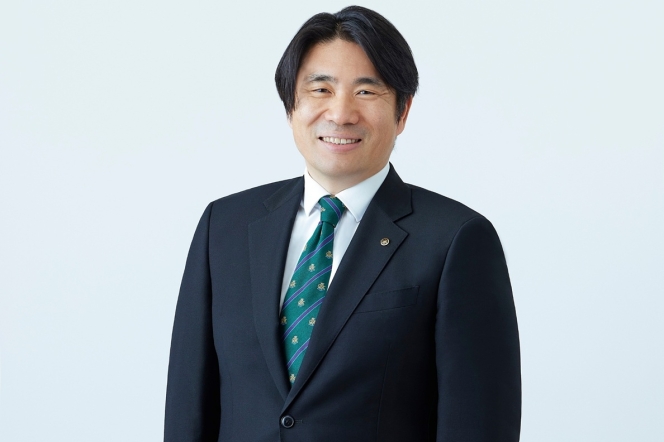
India Yamaha Motor, one of the leading two-wheeler manufacturers in the country, has announced the appointment of Hajime Aota as the Chairman of Yamaha Motor India Group, effective from 1 January 2026. He is set to succeed Itaru Otani, who held the position since November 2024.
The appointment comes as Yamaha continues its focus on the premium segment and digital integration within the Indian two-wheeler market.
Aota joins the Indian operations with experience in corporate strategy, planning and venture business development. He has held leadership roles in Japan, the United States and the United Kingdom.
Prior to this role, Aota served as Executive Officer at Yamaha Motor Co, and Chief General Manager of the Corporate Strategy Centre at the global headquarters in Japan. In these positions, he managed corporate strategy, sustainability and digital transformation.
He has also worked as Chairperson of Yamaha Motor Ventures & Laboratory Silicon Valley (YMVSV) overseeing investments in robotics, transportation, fintech and health technologies. He has also contributed towards Yamaha Motor Group’s long-term growth strategy.
Aota is a graduate of Keio University and holds a qualification from the Program for Leadership Development at Harvard Business School.
Hajime Aota, said, “I am very excited to begin my journey in India, one of the world’s most dynamic and diverse two-wheeler markets. The rapidly evolving aspirations of Indian consumers, especially the youth, align strongly with Yamaha’s focus on premium products, innovation, and a customer-centric approach. Leading Yamaha in India is a significant responsibility, and my focus is on strengthening the brand by delivering products that seamlessly combine Yamaha’s global engineering excellence with the evolving needs of Indian riders. I look forward to working closely with our teams and partners to drive sustainable growth and reinforce Yamaha’s presence in this important market.”


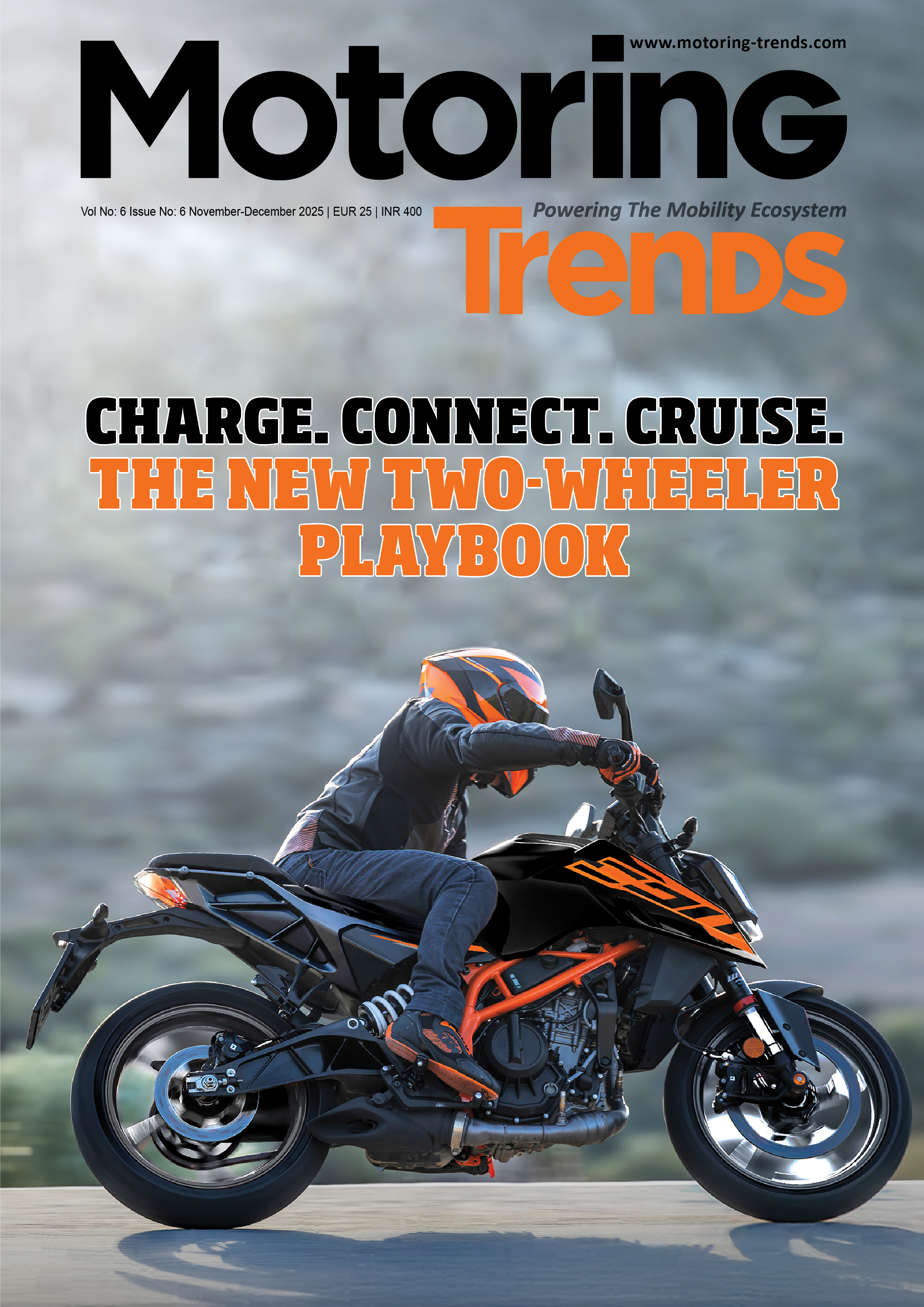



Comments (0)
ADD COMMENT